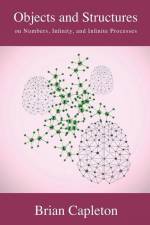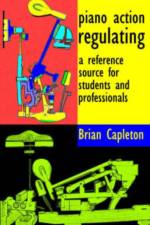av Brian Capleton
387
From modern neuroscience we now know that everything we think, understand, perceive, and experience, is a construct of brain function. Objects and Structures (Object Theory) is an approach to mathematics in this context. It is not, in itself, mathematics as we know it, rather, it is metamathematics. It is a way of looking at mathematics and mathematical structures, and at numbers and the relations between numbers, in essence. Firstly, we recognise that all our structures of understanding must be related to dynamic structures of brain function. Secondly, we recognise that numbers and their relations correlate to objects and phenomena, and their relations in the material world, when understood in terms of numbers. Thirdly, we recognise that the material world as we encounter it is a structure of brain function. Fourthly, we recognise that our comprehension and understanding of any "proof" of the traditional kind in mathematics, or indeed other mathematical architecture, we also only encounter as a structure of brain function. Taking these points together we can consider all things simply in terms of structures of relations between distinct objects. These objects are not neurons in the brain, or networks of neurons, but rather, just what we conceive as "objects". They are whatever we consider to be an object, and any object of thought. Whilst Object Theory does deal with numbers, its viewpoint is from an ultranumeric position - a viewpoint in which we abandon any intellectually intuitive belief that numbers and the mathematical structures that arise from their relations, should be fundamental to our deepest understanding. Rather we focus on how all phenomena and objective concept-structures can be considered at the highest level of abstraction as structures of relations between distinct objects. This then also allows a way of understanding infinities and their relations both to numbers and other infinities. A core concept is the infinite iteration process or IIP. In a "real world" context, in terms of empirical mathematics, the natural structures of the Mandelbrot and Julia sets, for example, because they are created in the first instance through IIPs, can be explored on the basis of IIPs as objects. This then gives rise to insights on the relation between the real numbers and the continuum.



